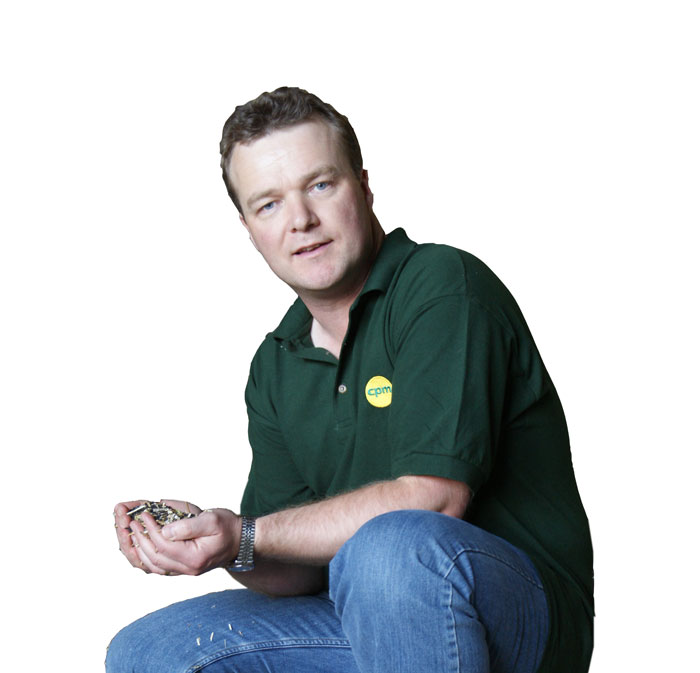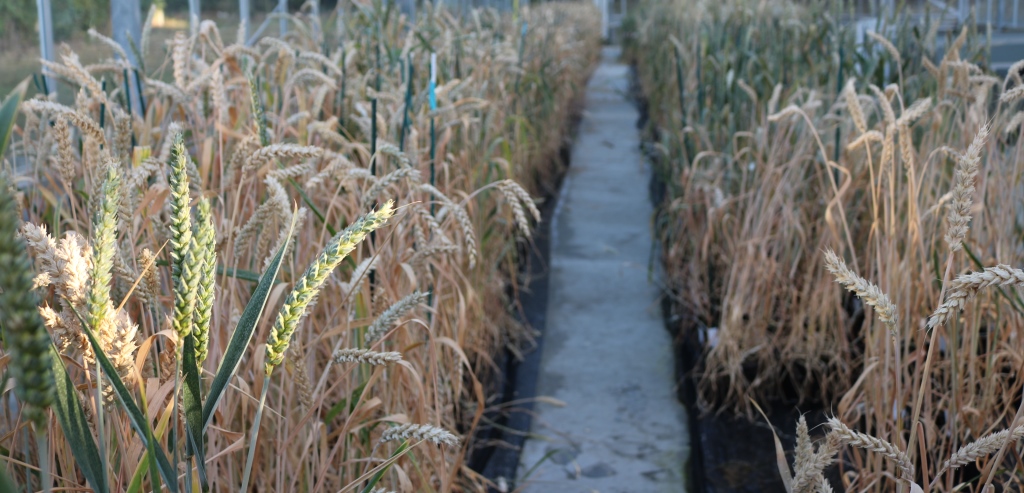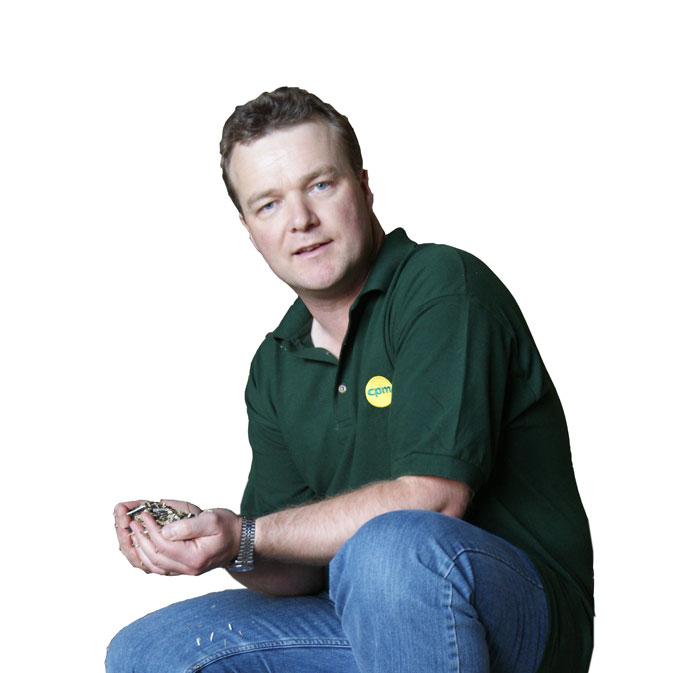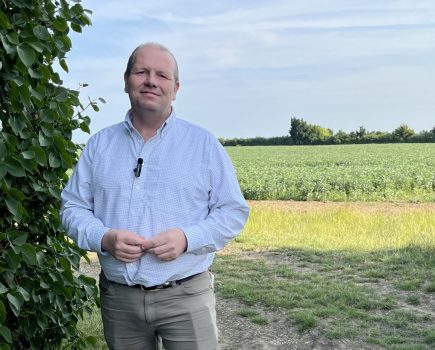 Back in March, I invited a number of CPM readers, especially those involved in on-farm trials, to take part in a survey and give their views on gene-editing.
Back in March, I invited a number of CPM readers, especially those involved in on-farm trials, to take part in a survey and give their views on gene-editing.
The results of that survey are published exclusively in CPM. It’s timed to coincide with the anniversary of the decision by the Court of Justice of the European Union (CJEU) to class gene-edited (GE) crops as genetically modified (GM). By coincidence, there’s now a change of leadership within the government and the new Prime Minister has just stated an intention to “liberate the UK’s extraordinary bioscience sector from anti genetic modification rules”.
It’s encouraging that there’s now the political will to untangle the regulatory mess that’s prevented UK farmers from the genetic advances in crop breeding the rest of the world is now benefiting from. But this is just the very first step in a journey, and the entire UK agricultural industry must move together if it is to realise the benefits this technology can bring.
The first issue is the lack of awareness, and more importantly the potential for misinformation, with gene-editing. Assuming Brexit occurs, the PM may choose to diverge the GMO regulations as a test of the new relationship with the EU. It could be a shrewd political move for relationships with non-EU countries, particularly the US, to be openly pro-science and pro-trade in an area where the EU falls down.
But it could backfire – the anti-GM lobby is very experienced, well resourced and eloquent and would mobilise to protect its position. It may capitalise on the lack of awareness among consumers, trotting out the stories of Frankenstein foods that were so successful in stalling the progress of GM in Europe two decades ago. The glyphosate debate is a good illustration of how this well rehearsed and co-ordinated ring of lobbyists exploit ignorance and social media to further their own interests, with little regard for the truth. The PM would have to be confident that the scientific community would field experts of equal, if not better, eloquence and ability to explain and enlighten. He would need to be sure that sound science would prevail and that the public would become better informed. So do those experts exist, and how much support could farmers and the rest of the industry offer scientists?
Related to this is the issue of timing – should there be regulatory change now, or should it wait until there are near-market products from GE crops that offer consumers tangible benefits? If there’s to be a public discussion about it, the Agricultural Biotechnology Council (abc), that represents the interests of Bayer, BASF, Corteva and Syngenta, strongly favours the latter. The reason for this is that it fears a public backlash, which is hardly surprising, considering it was the biotech companies who so royally mismanaged the introduction of GM crops into Europe previously.
What’s more, these multinational companies have now moved all their research into NBTs out of Europe. They are currently developing the technology with farmers who compete against EU and UK farmers, tailored to those markets. Only when and if the trading environment is right, once the rest of the world has benefited and the technology is proven, will they seek to bring them here.

More on gene-editing and NBTs: Seeds of change for crop breeding; New method holds promise for GM-free editing; Toolkits bring novel wheats to breeders; Farmers call for law change on gene-edited crops
So would UK farmers be happy to wait for regulatory change until the market pull is certain? That may mean having to accept NBTs developed with and for their competitors, or worse still, UK farmers would be side-stepped altogether, with GM and GE products simply imported, but not grown here.
The opportunity with gene-editing, however, is that you don’t have to be a multi-national biotech company to develop the crops – it involves relatively low cost technology. But for that to benefit UK growers, there must be the right regulatory environment, and research into those crops must progress now, so regulatory change may be needed sooner rather than later.
There are other issues, such as how to regulate GE crops if they are not classed as GM, raising the prospect of a third tier of regulation, which could be equally damaging. There’s also the question of how they are monitored – unlike GM, GE crops are indistinguishable from those derived through traditional breeding methods.
But the biggest challenge remains that of market pull, and it’s a desperate chicken-and-egg situation – without awareness of the benefits of the technology, there’s no consumer demand; no demand means there’s little funding for research, and this makes plant scientists and research institutions hesitant about exploring the technology and the benefits it may bring.
But perhaps there is a role for farmers here in bridging the gap. There are those who carry out on-farm and tramline trials of new varieties. There is now some really exciting material coming into the field through the BBSRC-funded Designing Future Wheats programme (DFW) that is introducing lost traits back into elite varieties. That material currently just goes to breeders, but why not involve farmers? In time, and under the right regulatory environment, the same route could trial GE crops. Put these crops into the hands of those who’ll actually use them and the fear and hesitancy will fall away. That’s when the benefits, applications and opportunities will come clear.
Tom Allen-Stevens has a 170ha arable farm in Oxon, and leads the Gene-Editing for Environmental and Crop Improvement initiative. @tomallenstevens




